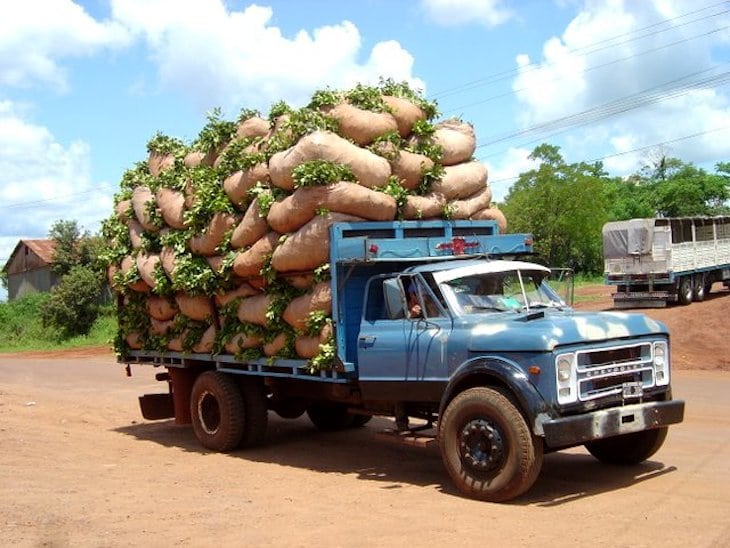Skift Take
The changes in Uruguay will likely be greater because of tourists seeking a one-of-a-kind destination rather than a place to smoke weed.
Christmas in Uruguay marks the start of the high season. That could sound like a giddy little pun on the fact that marijuana is now legal here, but it would not be in the proper spirit. Arriving in the capital of Montevideo just as this landmark legislation is being rubber-stamped by the country's senate, I quickly learn that foreigners tend to get much more excited about it than most Uruguayans, who kindly request that we please keep our cool.
For one thing, the first crop of high-grade, low-cost, state-regulated cannabis has not been harvested yet. For another, the new law stipulates that it can never be sold to non-residents anyway. That said, there are too many bongos being played in public for a visitor not to be aware that marijuana is already common in the capital.
Possession of the drug for personal use has long been decriminalised. And, on a southern hemisphere summer evening, as I stroll from the old town to the city centre under Christmas lights, I can smell it on the breeze and see it being smoked in the streets. Not furtively, but casually, with the same urbane air of discretion and maturity with which alcohol is consumed by continental Europeans.
More striking is the ubiquity of yerba maté. Uruguay claims to have invented the grassy-tasting tea-like infusion – one of many claims contested by its neighbours in Argentina – and the entire population seems openly addicted to it. Literally everyone is drinking maté from a maté (the traditional gourd of the same name) through an ornate curved metal straw called a bombilla. They drink it while walking, talking, sitting on benches in historic plazas, and even while riding motorbikes, with flasks of hot water tucked under their arms as if they were oxygen tanks.
On the concourse outside City Hall, where film students are project



